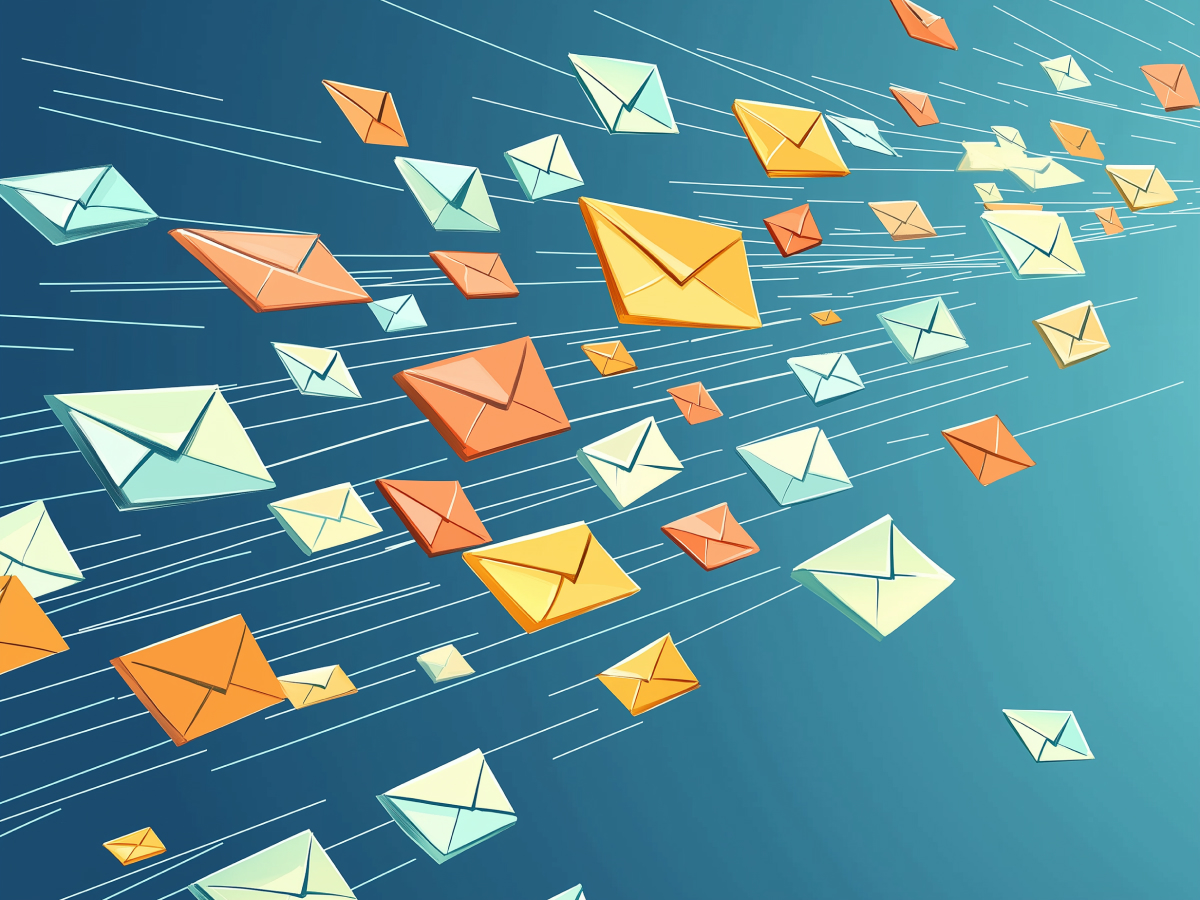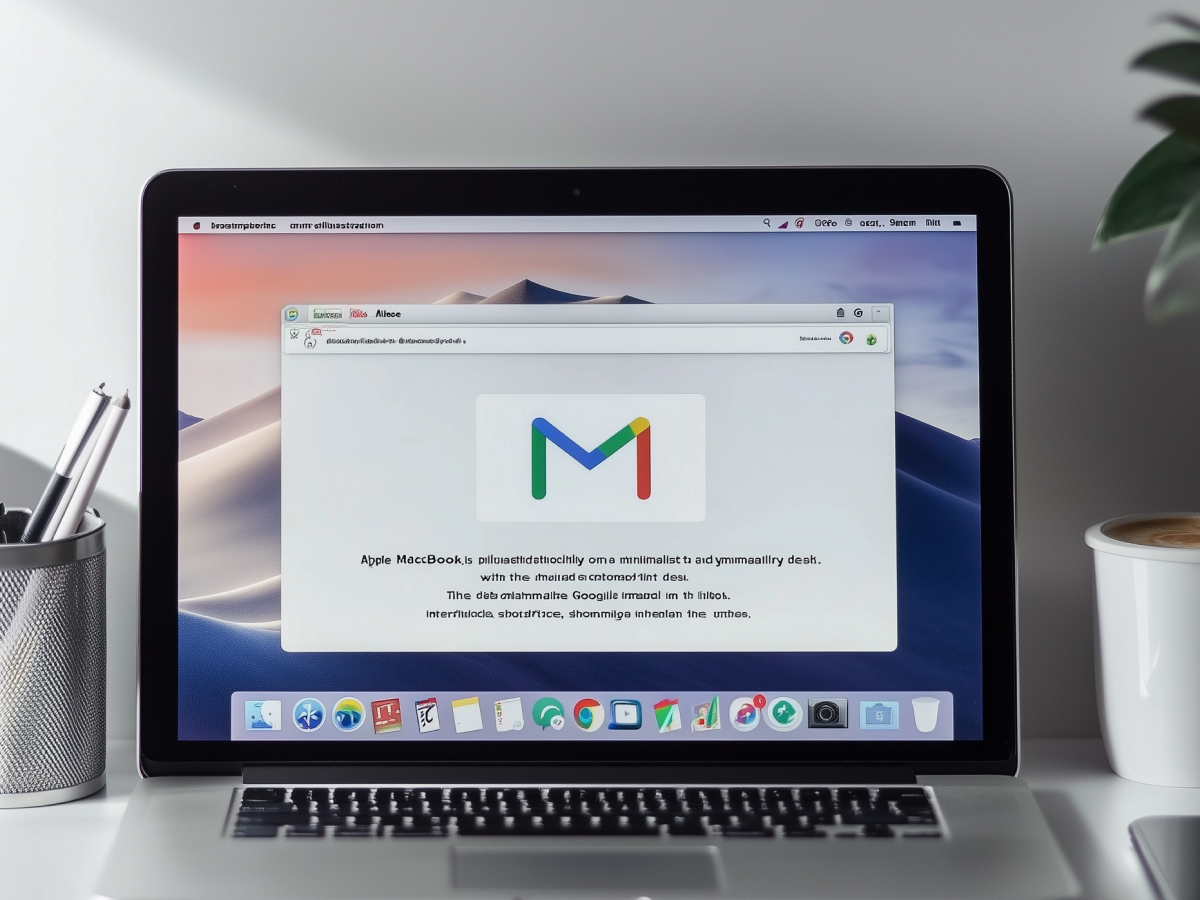In February 2024, Google and Yahoo began enforcing email regulations aimed at curbing non-compliant bulk email practices. These rules are designed to increase security, reduce spam, and improve the user experience, affecting marketers who send high volumes of emails.
Bulk senders are defined as those dispatching over 5,000 emails per day to Gmail addresses, with broad implications for B2B and B2C sectors. Non-compliance can result in temporary errors and increased rejection rates.
Spam remains a major security threat, often serving as an entry point for phishing attacks. When tightening email regulations, Google and Yahoo aim to reduce these risks while protecting inboxes from malicious actors.
Beyond security, Google’s stricter policies also protect its advertising revenue, as Gmail inboxes generate profits through ads. Making sure that only high-quality, relevant emails reach users helps maintain the engagement needed for advertising success.
The must-know guidelines for bulk emailers in 2024
Google and Yahoo set February 1, 2024, as the enforcement date for new email regulations. Bulk senders transmitting more than 5,000 messages daily to Gmail are most affected. Non-compliance can lead to significant disruptions, including reduced deliverability.
Starting in April 2024, non-compliant traffic will encounter temporary errors, with Google gradually introducing rejections. For example, if 75% of emails are compliant, a portion of the remaining 25% may face rejection.
To make sure of authenticity, Google and Yahoo now require three key protocols:
- SPF (Sender Policy Framework): Identifies which servers can send on behalf of a domain, minimizing spoofing risks.
- DKIM (DomainKeys Identified Mail): Attaches a digital signature, confirming the email’s integrity.
- DMARC (Domain-based Message Authentication, Reporting & Conformance): Provides instructions on handling unauthorized messages and allows domain owners to monitor authentication results.
Failing to implement these protocols increases rejection rates and security risks.
One-click unsubscribe is now non-negotiable
The 2024 regulations require a one-click unsubscribe feature in every marketing email. Functionality reduces the likelihood of spam complaints and helps marketers clean up their lists. Failing to include it damages sender reputation and engagement.
Keep your spam rate low and your engagement high
Google’s guidelines require senders to keep their spam rates below 0.10%. Reaching 0.30% or higher can lead to domain-level blocking. This metric can be challenging, as recipients who find emails irrelevant or poorly timed may mark them as spam.
Two strategies to avoid spam complaints are:
- Send time optimization: Avoid peak times to reduce spam complaints.
- Preference centers: Lets users choose email frequency and content to increase engagement and minimize complaints.
Focus on engagement, not list size
Large email lists can hurt engagement if not properly segmented. Prioritizing segmentation and personalized content improves relevance, boosts open rates, and reduces spam complaints.
Marketers shouldn’t lose sleep over Google’s new rules
Marketers already adhering to proper protocols, such as using authentication mechanisms and including unsubscribe links, have little to worry about. The new rules reinforce best practices that most experienced marketers already follow.
The new rules apply to all emails sent from a company’s domain, including sales outreach. Sales teams relying on cold emails must comply with the same standards as marketing campaigns, which can lead to complications if efforts aren’t unified.
Collaboration between sales and marketing is key to make sure compliance across the organization. While marketing typically manages authentication, sales teams must also be trained to avoid harming the company’s email reputation.
What Microsoft and Yahoo are doing to change bulk emailing
Starting in January 2025, Microsoft will limit the number of external recipients to 2,000 per 24 hours. This ERR limit aims to reduce abuse of Exchange Online, which wasn’t designed for high-volume emails. Microsoft advises bulk senders to consider alternatives like Azure Communications Services for Email.
The ERR limit will be introduced in two phases:
- Phase 1 (January 2025): Applies to newly created cloud-hosted tenants.
- Phase 2 (July–December 2025): Extends to existing tenants.
While users can still send up to 10,000 emails in 24 hours, no more than 2,000 can be external recipients.
Yahoo’s New Dashboard Gives Marketers a Clear View of Email Performance. In May 2024, Yahoo introduced the Sender Hub Dashboard, offering deeper insights into email performance:
- Complaint feedback Loop (CFL) management: Provides real-time spam data, allowing marketers to adjust targeting and frequency.
- Support for AMP: Supports interactive, dynamic email content like live polls and product carousels.
- Deliverability insights: Gives visibility into error codes, helping troubleshoot delivery issues and optimize campaigns.
Subscriber strategies in a post-restriction world
Managing new subscribers under the new rules is challenging. Identifying early engagers and non-engagers helps marketers to focus on the former with frequent, high-value content while moving non-engagers into slow warm-up campaigns.
Automation helps increase engagement by tailoring content to individual behaviors. For example, follow-up emails can be triggered by user actions such as opening a welcome message or clicking a product link. Personalization makes sure subscribers receive relevant content, reducing the risk of list fatigue.
Key takeaways
As the rules around email marketing continue to evolve, how prepared is your organization to not just comply but to truly thrive in this new landscape? Are you relying too heavily on outdated tactics like mass email blasts, or are you ready to leverage multichannel strategies and smarter automation to engage your audience on a deeper level?





